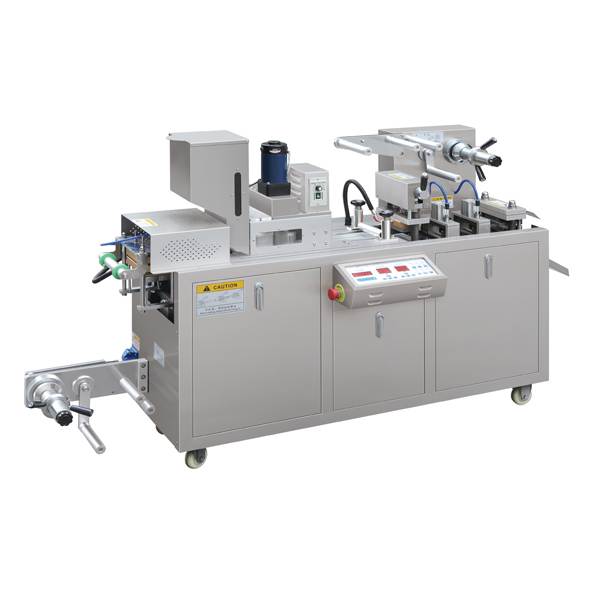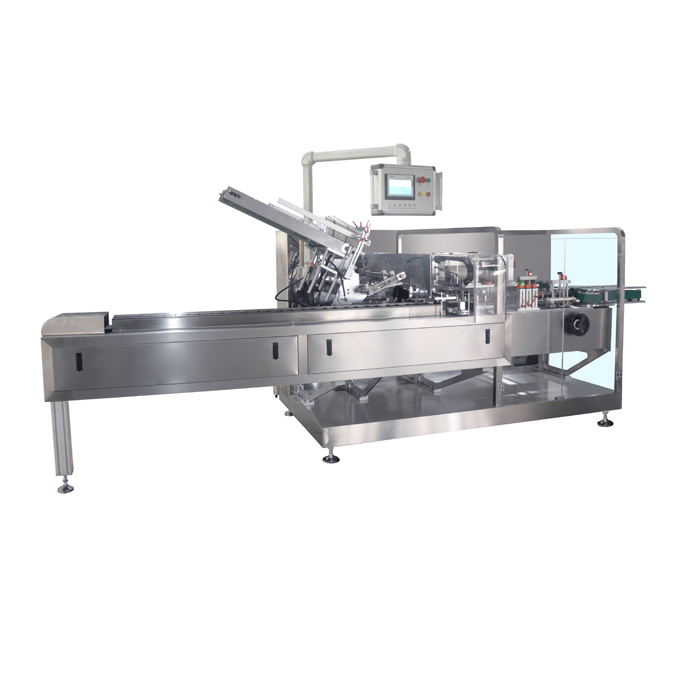Application and Development of Blister Packaging Machine in the Food Industry

The application of blister packaging machine in the food industry is indeed becoming increasingly widespread. With its excellent protection, display, and convenience, it has become the preferred choice for packaging upgrades for many food companies.
1. Core Technical Features
The application of blister packaging machine in the food industry is due to their unique technical features:
· Forming Methods: They are mainly available in flatbed and drum types. Flatbed types (such as the FDP-260) are suitable for packaging larger or irregularly shaped items. The blister is formed cleanly, with uniform wall thickness, balanced heat sealing pressure, and excellent sealing. Drum types generally offer higher production efficiency.
· Material Selection:
· Blister Materials: PVC, PETG, APET, and PP are commonly used. PVC has a significant price advantage and is suitable for foods that are not sensitive to water, oxygen, or light (such as milk tablets). PETG offers high transparency and good toughness. PP is heat-resistant and can be used in microwaves.
· Lid Material: Aluminum foil (PTP aluminum foil) is commonly used, offering excellent moisture, oxygen, and light barriers, as well as sealing properties. Other materials such as composite films are also used. Automation and Intelligence: Modern blister packaging machines generally utilize PLC control and touchscreen operation, integrating visual inspection and fault diagnosis. High-speed models can reach 600-1300 blisters per minute.
2. Market Development Trends
Market Size: The global blister packaging machine market is projected to grow from RMB 5.133 billion in 2023 to RMB 8.644 billion in 2029, achieving a compound annual growth rate of 9.11%. Growth in the Chinese market is also driven by domestic consumption upgrades and the development of the food industry.
Regional Market: The Chinese market can be divided into key regions, including East China, South China, North China, and Central China.
Major Manufacturers: Well-known global equipment manufacturers include Mediseal, KOCH, and The IMA Group. There are also many outstanding domestic companies, such as Wenzhou Liner Machinery Co., Ltd.
3. Future Trend Outlook
The development of blister packaging machine in the food industry is likely to focus on the following aspects:
1. High Speed and High Efficiency: The pursuit of higher production speeds (e.g., exceeding 1,000 sheets/minute), shorter changeover times, and reduced energy consumption are the eternal goals. Integrated equipment such as "blister-cartoning" machines will become a key trend.
2. Intelligence and Digitalization: Integrating more sensors and AI technologies will enable predictive maintenance, online quality inspection (e.g., machine vision-based seal quality inspection), real-time monitoring and optimization of production data, and connecting to MES/ERP systems to build smart factories.
3. Flexibility and Customization: The market demands equipment that can quickly switch between different product types and specifications to accommodate the flexible production needs of small batches and multiple product categories (e.g., through interchangeable mold sets and recipe memory systems).
4. Sustainability and Environmental Protection: This is one of the most important current trends. Research and development of recyclable, biodegradable, or recycled materials (such as single-material PP and PETG blisters and eco-friendly lid materials) will be a key direction to address the environmental challenges posed by plastic packaging.
5. Functionalization and Innovative Applications: Explore applications in more food categories and develop precise filling technologies suitable for foods with different physical properties (such as liquids, semi-solids, and powders). Functional packaging, such as modified atmosphere packaging (MAP), may also be integrated with blister packaging.
💎 Summary
Demand for blister packaging machine in the food industry continues to grow due to their excellent protective properties, attractive display effects, and convenient user experience. They are developing towards higher speeds, intelligence, flexibility, and environmental friendliness to meet the evolving needs of the food industry and consumers for high-quality, convenient, and sustainable packaging.
I hope this information helps you better understand the application and development of blister packaging machine in the food industry. If you are interested in further information on a specific type of food packaging or more detailed technical specifications, I would be happy to provide more information.


